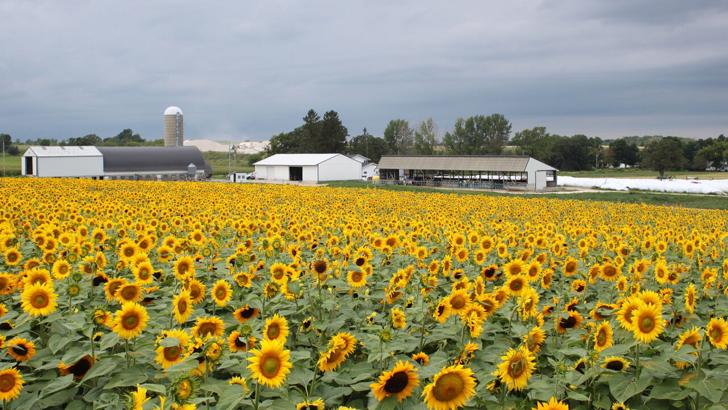The farmland market is expected to remain strong going into 2023. Compeer Financial Senior Real...
Planting Report Indicates Fewer Sunflower Acres in 2024

Although USDA released its Prospective Planting Report at the end of March, it was still a big topic of discussion into early April as producers are intending to plant fewer sunflower acres this year.
Traders are still chattering about USDA’s March 28 report, which had producers planting much lower oil-type sunflower acres than last year. USDA pegged a 31 percent decrease in planted acres from 2023, according to John Sandbakken, executive director of the National Sunflower Association (NSA), commenting in the April 8th NSA weekly newsletter. “The estimate for oil type varieties was within industry expectations.”
“Oilseed crushers and bird food buyers were expecting a decrease in acres given large carryover seed stocks. Market analysts expect the acreage discussion to continue into the foreseeable future as the battle for acres continues,” Sandbakken added.
In planning for the 2024 crop year, area crush plants and confection processors are still offering Act of God (AOG) contracts for fall delivery, according to Sandbakken. “These ‘fail safe’ contracts have become very popular with farmers throughout the production region. It provides an opportunity to ‘lock in’ attractive prices now for fall delivery and removes that all important factor of ‘yield risk’ when uncertain growing conditions exist,” he said.
“With crop insurance prices of $23.80 for oils and $28.80 for confections and much lower acres, diversifying market risk with some sunflower acres would be a good option in 2024,” he added.
“There is still time to adjust plans to take advantage of the market opportunities that sunflowers can offer,” Sandbakken commented. “Something to consider is how well sunflowers performed last year. Confections had a record high yield while oil-types had the second highest yield on record for the U.S.”
EDITOR’S TAKE:
While sunflowers are not grown in every region of the country, they are an important oil crop as well as bird feed, cattle feed and for human consumption as well. It is always a balancing act between supply and demand and having just the right amount of stock at the right price. In this instance, it appears that the supply is larger than current demand and fewer acres are required to meet what the market dictates. The National Sunflower Association is still encouraging producers to reconsider plans to divert acres to other crops despite large carryover. Why? Because if sunflowers get out of the crop rotation and that acreage is taken by corn, soybeans or other crops, it may never return to sunflower production. This is an interesting conundrum, especially for a so-called “minor” crop. Nevertheless, sunflower producers can benefit from AgPack® as they make their plans for 2024. Using the products in AgPack® can lower their operating costs and help improve their margins and profitability. Some of them are going to purchase a truck anyway.








